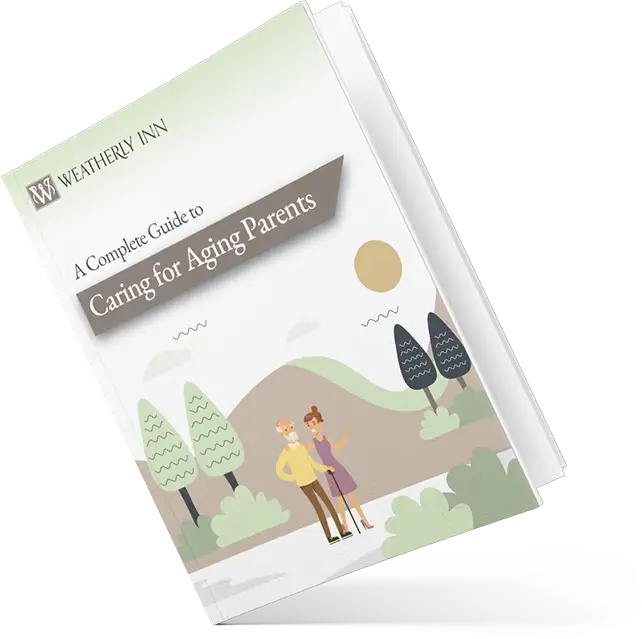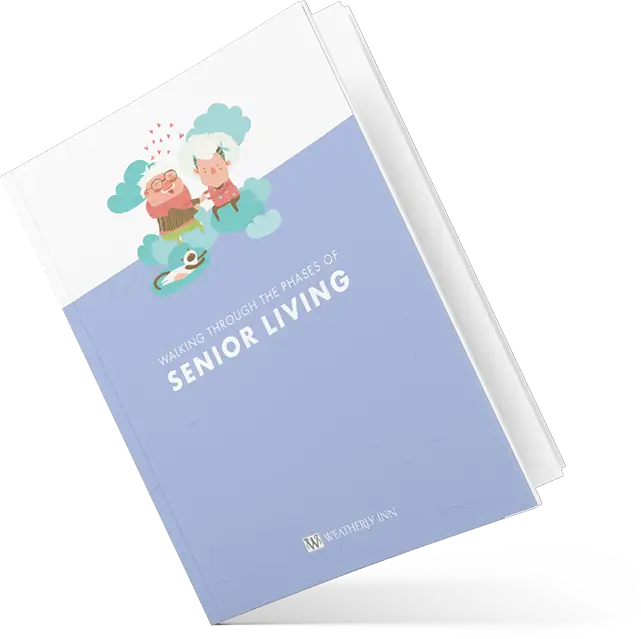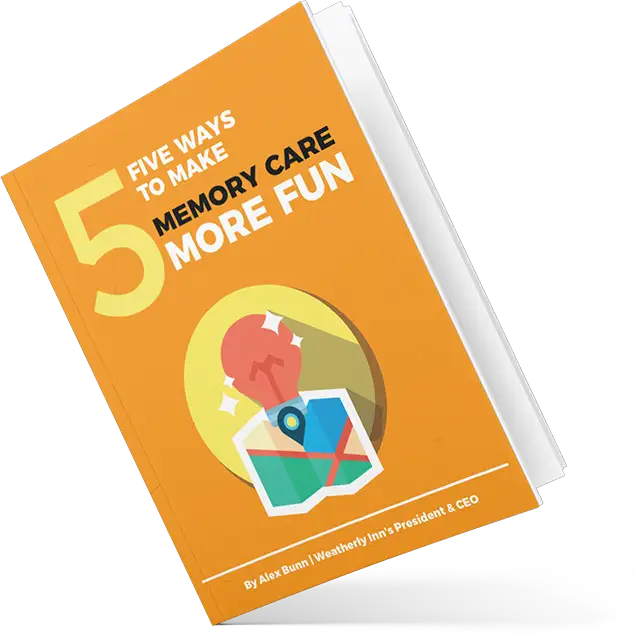July 28, 2025
Deciding to move a loved one, or yourself, into a senior living community isn’t something to take lightly. It’s a major change that often comes with a heady mix of emotions. But with the right information, support, and planning, the transition to senior care can be a positive, empowering experience rather than a painful one.
Let’s walk through every step of the senior living decision process, from recognizing the early signs to making the move. Whether you’re exploring independent living, assisted living, or memory care, understanding what to expect can help you feel more confident about the journey ahead.
Recognizing the Need for Senior Living
Noticing Changes in Daily Living
For many families, the process starts with subtle changes. A loved one might begin skipping meals, missing medications, or showing signs of cognitive confusion. These challenges often fall under the category of activities of daily living (ADLs), which include bathing, dressing, eating, and managing personal hygiene. When these tasks become too difficult to manage alone or too demanding for family members to assist with, it may be time to explore professional senior care options.
Levels of Care
Not all senior living communities offer the same services. Understanding the different levels of care will help you determine what’s appropriate now and what might be needed later. These include:
- Independent living for active older adults seeking social engagement and convenience
- Assisted living communities for those needing help with personal care and daily routines
- Memory care for individuals with Alzheimer’s or dementia who need a structured, secure environment
How to Start the Research Process
What Makes a Great Senior Living Community?
Choosing the right community means looking beyond the brochure. A well-run retirement community should feel safe and engaging from the moment you visit. Pay close attention to cleanliness and safety features and staff interactions when thinking about safety. Look at the quality and variety of meals, activity calendars, enrichment programs, and resident-to-staff ratios and responsiveness for comfort. Ask questions about how care plans are developed and adjusted over time.
How to Research Effectively
Start by narrowing down options in your area. Use online directories, referrals from friends, and input from healthcare providers. Look at state inspection records, compare online reviews, and most importantly, call to schedule a tour.
During visits, talk to staff members, observe daily routines, and ask to see apartment options. Don’t be afraid to ask direct questions about turnover, response times, and how residents are supported during transitions.
Financial Planning and the Home Sale Decision
Should You Sell the Home Before or After the Move?
This is one of the most common questions families face. Selling a home before moving can free up funds for care, but doing so during a major life transition can also be stressful. For many families, the decision comes down to timing, logistics, and finances. If you’re not ready to sell right away, some retirement communities offer respite stays or month-to-month leasing options that allow for flexibility. In many cases, families will help with the sale of a home after their loved one is moved and settled into their new home. This provides them with the security knowing that their loved one is safe, and time to get things in order for the sale of the home.
Understanding the Financial Landscape
Costs vary widely depending on location, services, and the level of care. Typically, funding options are between personal savings or retirement income, but you can also look at proceeds from home sales, long-term care insurance, social security and veteran’s benefits, and bridge loans or reverse mortgages (in some cases).
Whatever the case of your financial situation, make sure to request a breakdown of what is and isn’t included in monthly fees. Some senior living communities include all meals, housekeeping, and utilities, while others charge à la carte.
Making the Decision as a Family
How to Talk to a Parent About Senior Living
Approaching the conversation with a loved one can be difficult. Many older adults fear a loss of independence or believe they’re not ready. Focus on what senior living offers rather than what it replaces: safety, community, peace of mind. Use specific examples like missed medications, recent falls, and isolation to explain why the change is necessary. Keep the tone collaborative, not directive, and include them in the research and touring process.
Navigating Family Disagreements
When family members disagree on the best path forward, it’s important to return to shared values: safety, comfort, and quality of life. Bringing in a third-party like a senior care advisor, medical professional, or community liaison can help resolve concerns and keep the process moving forward.
Creating a Timeline and Making the Transition
When Is the Right Age to Move?
While there’s no universal age to move, most residents transition between ages 75 and 84. Earlier moves can help preserve independence longer, while crisis-driven moves often come with higher emotional and physical stress. Start planning before you’re in a rush. That way, your loved one has time to visit communities, participate in decisions, and adjust gradually.
How Long Does It Take to Adjust to Assisted Living?
Most residents take two to four weeks to begin settling in. Adjustment varies depending on personality, social preferences, and health. Look for communities that offer welcome programs or “buddy systems” to help new residents feel at home.
What to Expect on Moving Day
Preparing for the Move
Start with a clear checklist: furniture, documents, medications, and personal items. Downsizing can be emotional. To alleviate this, try to preserve meaningful belongings that will help the new apartment feel familiar. Label everything clearly, and work with the community to coordinate move-in timing and any care needs during the process.
The First Week
During the first few days, your loved one will likely meet with care staff, attend meals, and be invited to join in activities. Staff are usually trained to support new residents during this transition and monitor for signs of stress, confusion, or loneliness.
Life After the Move
A Look at Daily Life in Senior Living
Many communities structure daily life around meals, optional social activities, wellness programming, and personalized care routines. Whether your loved one prefers quiet mornings or lively group games, the goal is to create a rhythm that supports both independence and connection.
What Happens Next
Studies show that people who move into senior living often experience improved health outcomes, greater social engagement, and reduced hospitalizations. While the length of stay varies, the emphasis is always on maintaining quality of life for as long as possible with access to care that adapts as needs change.
Final Thoughts
Every family’s journey is different, but you don’t have to go through it alone. By recognizing the need, researching your options, involving your loved one in the process, and planning ahead, you can make a move that truly enhances quality of life. Start by visiting communities, asking questions, and getting a feel for where your loved one might thrive. Think about what matters most: safety, connection, comfort, and dignity. Senior living isn’t about giving something up. It’s about making life easier, safer, and fuller.
Why Families Choose Weatherly Inn
At Weatherly Inn, we’re proud to offer a legacy of care rooted in warmth and comfort. Our senior living communities are designed to feel like home with attention to style, dignity, and everyday ease. Whether you’re exploring independent living, assisted living, or memory care, our team is here to help you navigate each step with honesty, warmth, and respect.
If you’re ready to take the next step, we’re here to talk. Reach out to schedule a tour, ask your questions, or learn how Weatherly Inn can help you and your family.
Disclaimer: This article is intended for informational purposes only and should not be considered medical, legal, or financial advice. Please consult with the appropriate professionals regarding your unique situation.



